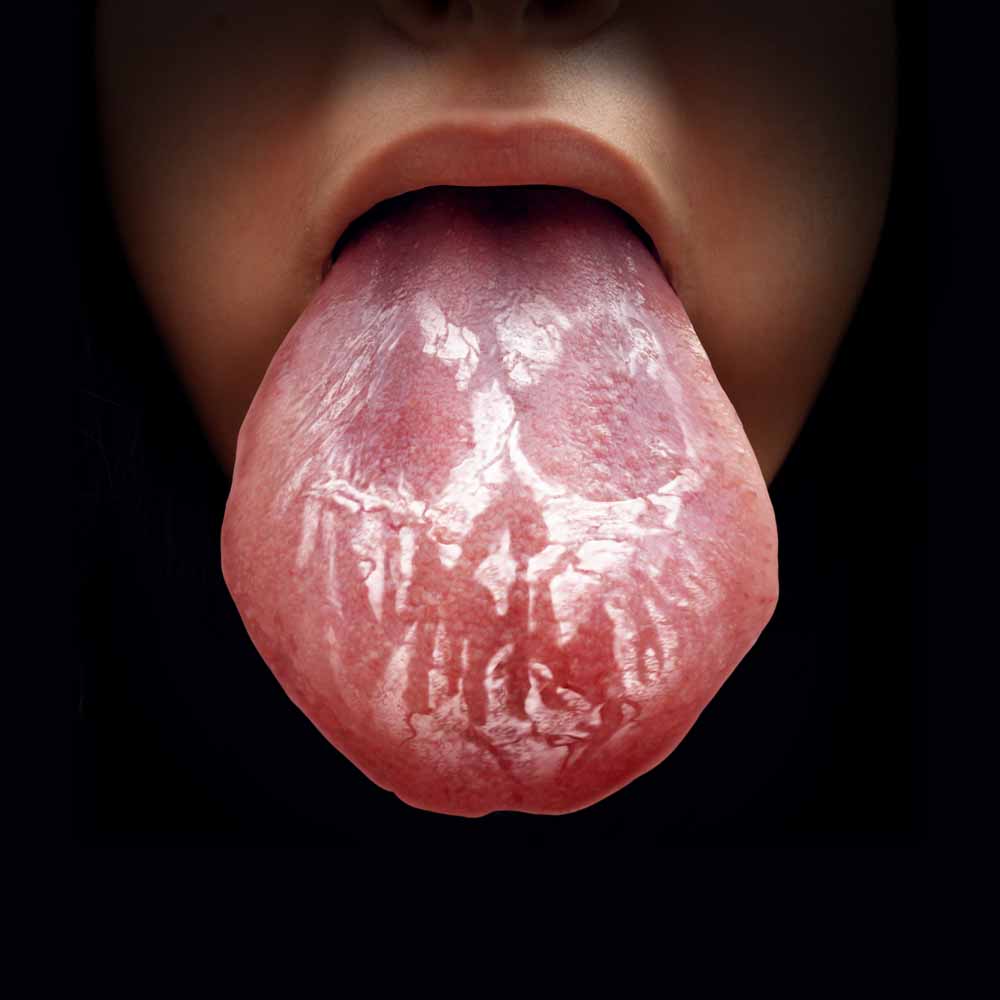SignsThe mouth is also known as the oral cavity, and it is divided into two parts by the upper and lower dental arches. The lining of the oral cavity is made up of nonkeratinized stratified squamous epithelium, which is a type of epithelium that does not have a very thick layer of dead cells, which is seen in the skin. Thus, most malignant tumors in the oral cavity are called squamous cell carcinomas.
Mouth cancer occurs in the lips, alveolar arches of the maxillae and mandible, the gums, tongue, hard palate, the floor of the mouth, buccal mucosa, and retromolar space. Depending on the area, patient will have a determined appearance, signs and symptoms. Neoplasms of the oral cavity can be benign, premalignant, or malignant. Benign tumors can be solid or cystic. Examples of solid tumors of the oral cavity include fibroma, hemangioma, papilloma, minor salivary gland tumors, lymphangioma and torus. On the other hand, ranula and mucocele are benign cystic changes of the oral cavity.
Premalignant conditions include leukoplakia, erythroplakia, and melanosis/mucosal hyperpigmentation. They are premalignant, which means they are bening for now, but they will start to become malignant in any moment. For example, melanosis can lead to melanoma of the oral cavity, a malignant tumor or mouth cancer.
Malignant changes are divided as squamous and non-squamous. The squamous type arises from squamous cells of the oral cavity. Carcinoma of the hard palate is mostly a glandular type and less often a squamous type. Examples of non-squamous malignancies of the oral cavity are melanoma, lymphoma, Kaposi sarcoma (mostly in AIDS patients) and minor salivary gland tumors.
Factors that increase the risk of getting oral cancer include smoking, drinking alcohol, tobacco chewing, syphilis, iron deficiency anemia, and dietary deficiencies of riboflavin. Chronic dental problems such as dental abscess, ill-fitting dentures, sharp teeth and conditions that cause ulcers in the mouth chronically are also linked to a neoplastic change.
The most common signs and symptoms in these patients and the appearance of mouth cancer in each is usually as follows:
Early changes

Carcinoma of the lip can either develop from previous patches of erythroleukoplakia or it can be initially asymptomatic and later develop thick, blistering, whitish or pigmented patches. The carcinoma of the tongue often starts as superficial glossitis (inflammation of the tongue), or leukoplakia. The carcinoma/adenocarcinoma of hard palate starts as an irregular mass, which may turn into an ulcer later on, with rolled out edges.

